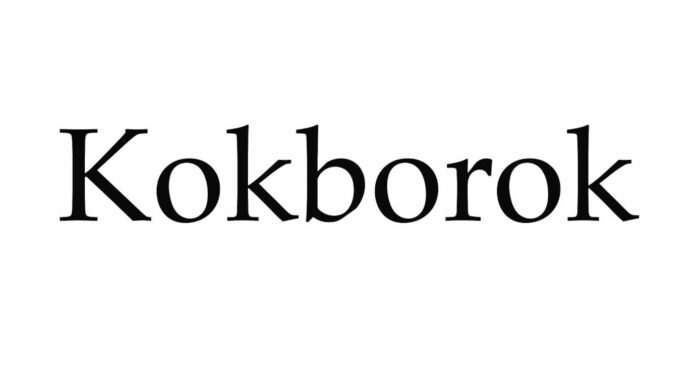Introduction: Kokborok, the native language of Tripura, plays a vital role in preserving the cultural heritage and identity of the indigenous communities in the region. With its unique linguistic features and deep historical roots, Kokborok stands as a testament to Tripura’s rich linguistic diversity. In this article, we delve into the intricate details of Kokborok, exploring its origins, linguistic characteristics, cultural significance, and efforts to promote and preserve the language.
- Origins and Linguistic Characteristics: Kokborok belongs to the Tibeto-Burman language family and is primarily spoken by the indigenous tribes of Tripura, including the Tripuri, Jamatia, and Reang communities. The language is characterized by its rich vocabulary, unique grammatical structure, and tonal variations. It has its own script, known as “Kokborok script,” which was developed to represent the language in written form.
- Cultural Significance: Kokborok serves as a vital link to the cultural heritage of Tripura’s indigenous communities. It carries within it a wealth of folklore, traditional stories, songs, and religious practices, all of which are deeply ingrained in the cultural fabric of the region. The language serves as a medium for preserving and transmitting indigenous knowledge, traditions, and values from one generation to the next.
- Efforts to Promote and Preserve Kokborok: Recognizing the importance of preserving Kokborok, various initiatives have been undertaken to promote and revitalize the language. Educational institutions, cultural organizations, and community-driven efforts have played a significant role in developing teaching materials, dictionaries, and language courses to facilitate the learning of Kokborok. Efforts are also being made to introduce the language in formal education, ensuring its continuity and relevance in modern times.
- Cultural Revival through Kokborok: Kokborok has emerged as a symbol of cultural pride and identity among the indigenous communities of Tripura. Cultural events, festivals, and celebrations provide platforms for showcasing the linguistic and artistic aspects of Kokborok. Traditional dances, music, and theatrical performances often incorporate the language, reinforcing its significance in the cultural landscape of the region.
- Language as a Unifying Force: Kokborok serves as a unifying force among the various indigenous communities in Tripura. It acts as a common thread that connects people from different tribes, fostering a sense of belonging and shared cultural identity. The language transcends social and geographical boundaries, enabling communication and fostering a strong sense of community among its speakers.
- Kokborok in the Modern Context: In recent years, efforts have been made to promote the use of Kokborok in various domains, including media, literature, and digital platforms. Radio programs, newspapers, and online content in Kokborok have gained popularity, providing a platform for the language to thrive in the modern era. Additionally, literary works in Kokborok have gained recognition, contributing to the enrichment and visibility of the language.
Conclusion: Kokborok, as the native language of Tripura, plays a crucial role in preserving the cultural heritage and identity of the indigenous communities. With its unique linguistic characteristics, cultural significance, and ongoing efforts to promote and preserve the language, Kokborok stands as a testament to Tripura’s linguistic diversity and serves as a unifying force among its speakers. As the language continues to evolve and adapt to modern times, its importance in preserving and celebrating the rich cultural heritage of Tripura remains unwavering.




